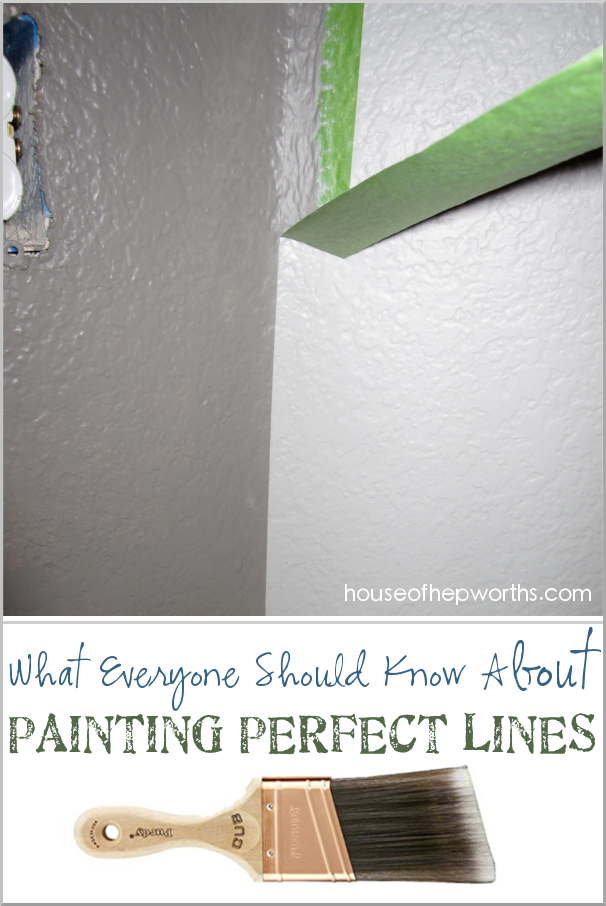Patented Technology uses Fine-line Brush for Sharp Edges In this video, Accubrush Inventor Chris Pyles explains how the patented combination of a roller, shield, and brush work together to quickly paint straight lines along the edges of walls and along trim. Roller holds a lot of paint, allowing you to paint 6.
When you decide to tackle those paint jobs on your own, keep these three tricks of the trade in mind and paint like a professional!
Use interior latex drywall primer on a smooth or lightly textured ceiling and a high-build primer on a ceiling with a deeper texture. Allow the primer to dry completely according to instructions. Before applying the. Chisel Trim Brush - slanted bristles produce a good, straight line for trimming in corners and edges. Square Trim Brush - the ends of the bristles are cut square and used primarily for applying paint over flat areas. Angled Brush - bristles are cut to make it easier to apply paint to window trim. To view the next video in this series click: this video series, pro painter Bill Nunn, consultant for The Family Handym. The best way to paint edges is with a paint edger. Paint pad edgers offer the speed of a paint roller and the accuracy of a brush, without the added time and expense of using painter’s tape.
Cutting In? Think Up!

Sometimes it’s difficult to make that perfectly straight line between the wall color and ceiling when “cutting in” at the top of a wall using a brush. A small mistake will be much less noticeable if your error puts a little of the wall color on the ceiling, instead of missing a spot at the top of the wall, leaving a gap and showing the old paint color at the very top of the wall. Even a small unpainted area at the top of the wall will be visible to anyone standing in the room.
This is especially true if the new wall color is darker than the previous wall color. It is much less likely that someone will be right next to the wall looking up at the ceiling to see a small amount of wall paint brushed onto the edge of the ceiling. Better to err by putting a little wall color onto the edge of the ceiling than to miss painting a spot at the top of the wall.
Confused at Corners? Brush Rather Than Roll
When transitioning from one color to a different color on an outside corner of the wall, use a paint brush instead of a roller to paint the corner edge. Use short, gentle brush strokes perpendicular to the corner to achieve a sharp edge. (Make your brush strokes parallel to the floor.) Compared to using a paint roller to paint the corner edge, brushing the outside corner will give you a crisp transition line between your two different room colors.
Paint And Brush Set
Leftover Paint? Properly Preserve It
Best Paint Brush For Edging

When your paint project is over and you have leftover paint that you want to save, make a tighter seal when closing the can of paint by placing a sheet of plastic wrap underneath the lid before sealing. Place the can on a solid surface and use a rubber mallet to close the lid securely to ensure a good seal. Write the date and the location that the paint was used on the lid with a permanent marker. This way, you’ll know how old the paint is and where it was used when it comes time to paint or touch-up again.
We hope these tips help with your Do-It-Yourself painting project! What other painting tips and tricks do you have? Share them with us on Facebook and twitter!
